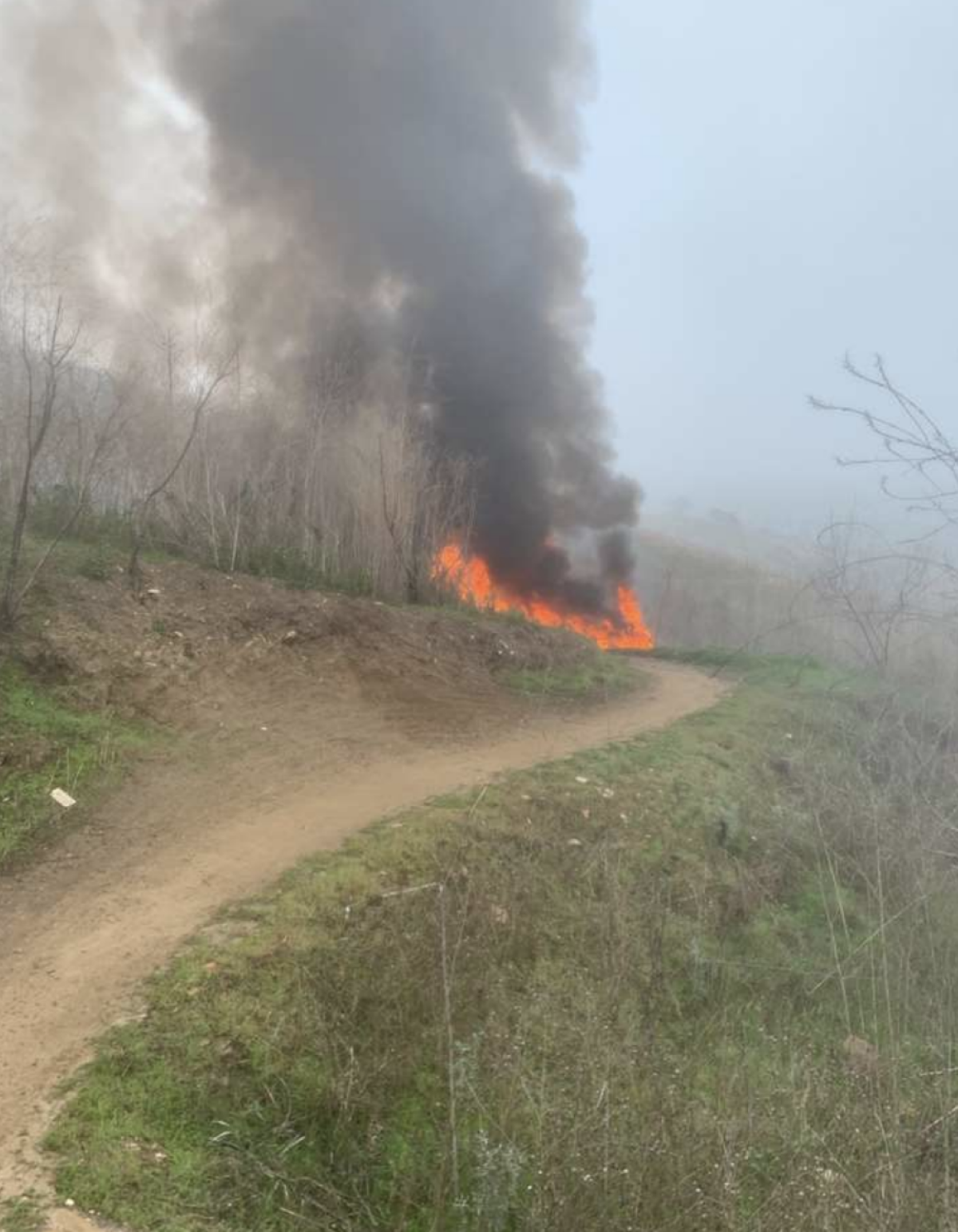Kobe Bryant’s helicopter crash should have us all thinking about the safety of our airspace

- Share via
No one will ever know for sure what transpired in those minutes before the helicopter carrying Kobe Bryant, his 13-year-old daughter and seven other people plummeted into a hillside in Calabasas on Jan. 26, killing everyone on board.
The experienced pilot, Ara Zobayan, had left John Wayne Airport in Orange County for Camarillo Airport at 9:06 a.m. that Sunday and ended up following the 101 freeway west, not just as a route but also as a visual reference. As the terrain rose and the clouds got lower and thicker, he made a left turn south over the hills of Calabasas, which were cloaked in clouds and fog.
In his last communication with air traffic controllers, he reported that he was climbing to 4,000 feet above sea level, which would have put him above the clouds and let him see for miles. But he never got that high. He climbed to 2,300 feet, began a left turn and then descended rapidly, still turning and accelerated to 184 mph, investigators say. The helicopter crashed into the hillside at 9:45 a.m.
There is, however, one thing that the National Transportation Safety Board established in its recently released preliminary report: There was no engine failure on this sophisticated twin-engine Sikorsky S-76B helicopter.
It will take months for safety investigators to figure out what probably went wrong here. There’s already been plenty of speculation about the pilot’s choices that morning, about what he did and didn’t do and why. In the meantime, what this horrific crash should do is make safety investigators and federal regulators take a step back and look at commercial helicopter safety in general.
One piece of equipment lacking in the otherwise well-equipped helicopter was a terrain awareness and warning system, which gives pilots visual and audible alerts when they are flying near obstacles. After a commercial helicopter with two pilots ferrying eight passengers to an offshore oil drilling ship crashed into the Gulf of Mexico in 2004, killing all 10 on board, the NTSB concluded that a terrain awareness system could have warned the pilots of their trajectory toward the water and given them enough time to avoid hitting it.
Since the NTSB’s report on that crash in 2006, the board has repeatedly urged the Federal Aviation Administration to require terrain awareness systems on all commercial helicopters carrying six or more people. But the FAA has never accepted that recommendation.
The NTSB also called for all emergency medical service helicopters (and airplanes) to have these safety systems on board. In a 2006 study, the NTSB concluded that of 55 emergency service aircraft crashes (41 involving helicopters), 17 might have been avoided with terrain warning equipment.
The FAA accepted the safety board’s recommendation for air ambulances, noting that emergency missions are often flown at night or in areas not well known to the pilots. But an FAA spokesperson says the circumstances are different for non-emergency flights, as commercial helicopter pilots generally fly in populated areas with numerous routes and landing points. According to the spokesperson, the FAA has collaborated with the industry on improving safety through new technology, policy changes and outreach efforts. And the number of fatal accidents has declined dramatically over the last two decades.
That’s commendable, but it’s nevertheless troubling that the NTSB’s recommendation has gone largely ignored by the FAA for a decade and a half.
After the recent crash renewed talk of mandating terrain awareness systems, there’s been tremendous pushback from experienced helicopter pilots who believe it not to be useful and even a dangerous distraction when they are flying low — as helicopters often do — with good visibility. Constant audible warnings of obstacles that the pilots can see and are well aware of are nothing but a nuisance, they contend.
And there’s no way of telling whether warnings from a terrain awareness system would have gotten the pilot of Bryant’s helicopter out of the trouble he found himself in.
Nevertheless, the FAA should reconsider its decision not to require terrain awareness equipment because it would give commercial pilots and their passengers another tool to enhance their safety. Sen, Dianne Feinstein (D-Calif.) has called on the FAA to do so; in fact, terrain awareness systems have been standard equipment in every Sikorsky S-76 made since 2005. The safety of everyone flying in older commercial helicopters should be just as important.
More to Read
A cure for the common opinion
Get thought-provoking perspectives with our weekly newsletter.
You may occasionally receive promotional content from the Los Angeles Times.









